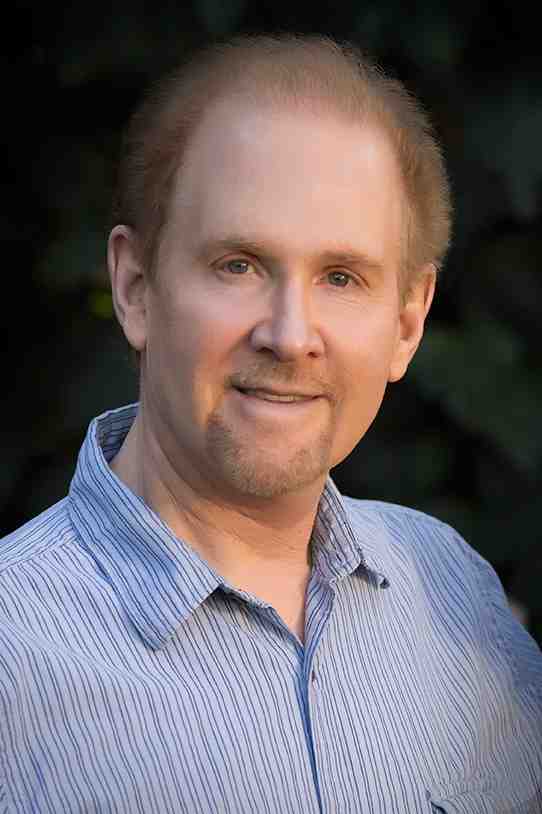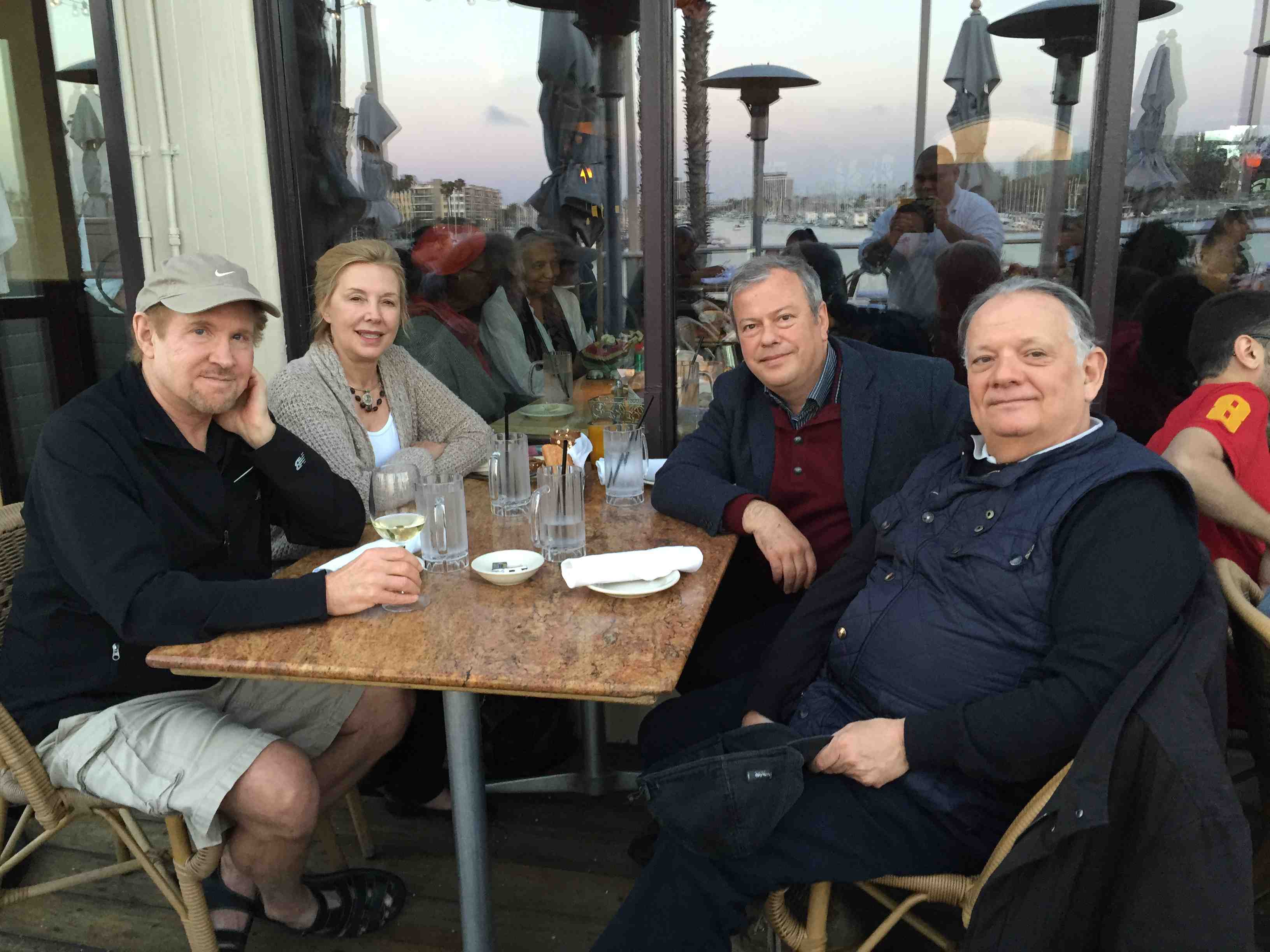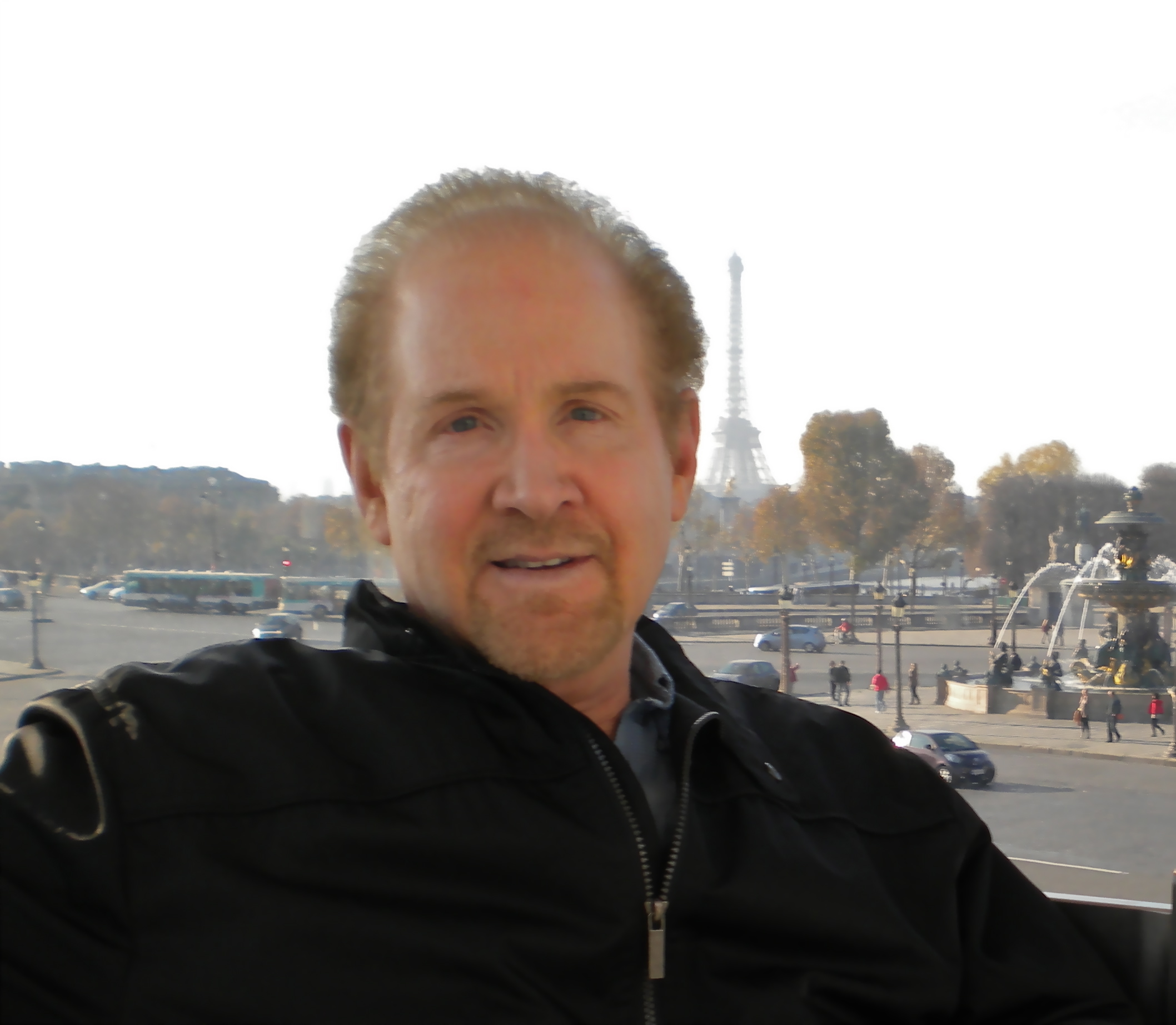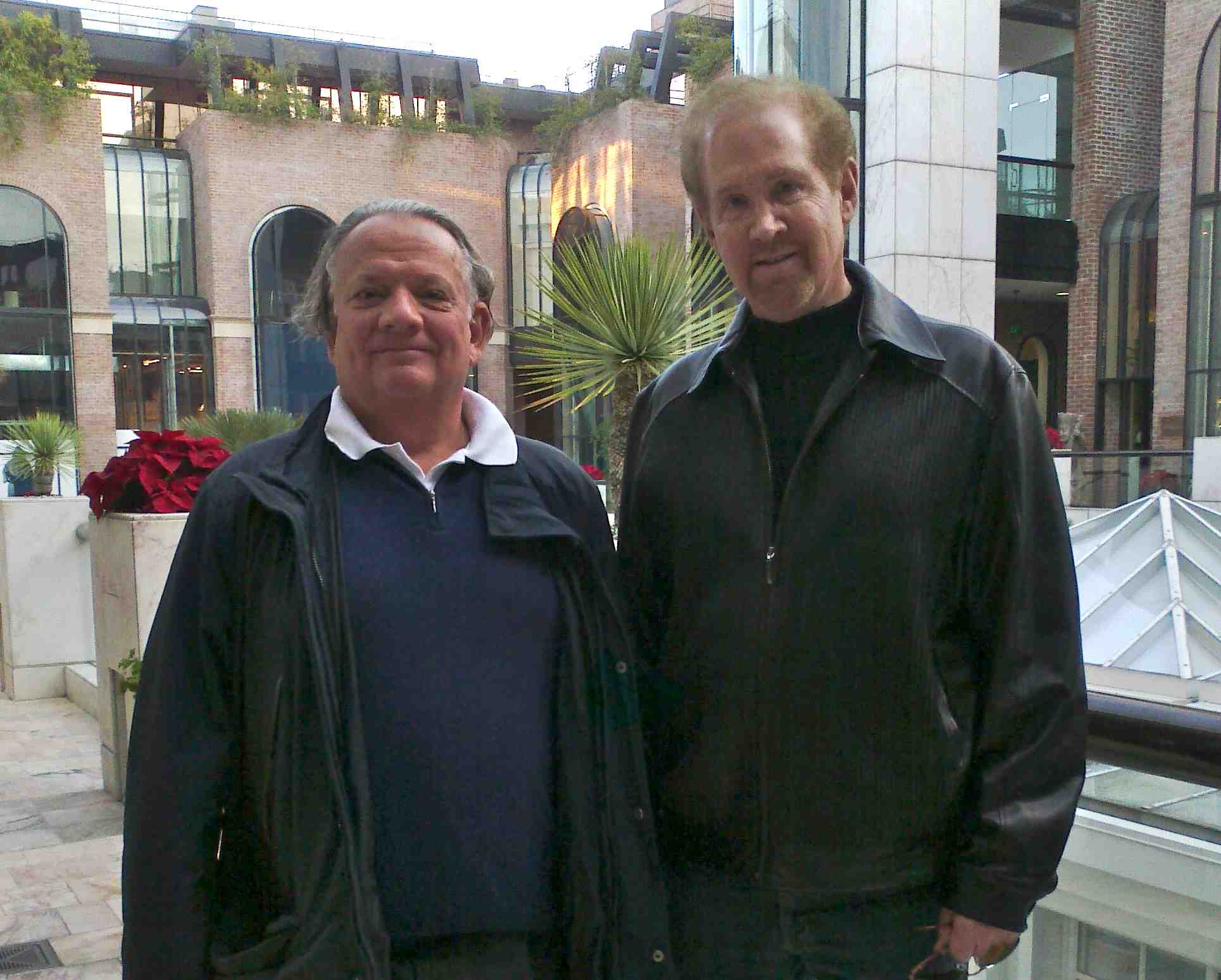
Dr. Laurence Heller
The NeuroAffective Relational Model™ (NARM),
An Integrated Trauma Therapy Model
Dr. Laurence Heller, after a long career as a therapist (he co-founded the Gestalt Institute of Denver in 1972, followed by the Rocky Mountain Psychotherapy Institute), developed a therapeutic model that integrates psychotherapy with SE, called The NeuroAffective Relational Model™ or NARM (for more information, please refer to the book Healing Developmental Trauma by Laurence Heller, PhD, and Aline LaPierre, PsyD, North Atlantic Books, 2012).
NARM develops somatic mindfulness in order to sustain the neurovegetative system’s growing capacity to regulate itself. The objective is the reconstruction of a functional unity and connection between the individual’s biological and psychological development. By focusing on the present and the patient’s own resources, it is possible to treat distortions of identity such as low self-esteem, guilt, shame, and chronically negative self-judgment. The processes that distort the interconnection between the two levels, “disconnection” processes that can develop within any realm of personal experience, damage psychology, physiology and the individual’s ability to relate. Using NARM it is possible for the therapist to discredit the client’s deep-seated belief that his or her identity lies within restriction and self-judgment.
The concept of self-regulation has become a topic of fundamental importance in recent years both in neuroscience and psychology. Our natural condition enables us to self-regulate. This means that we are capable of resting when we are tired or of relaxing when we are stressed, and so on. This natural endowment becomes compromised by premature trauma and relational trauma that may occur during developmental years. As a result of this trauma, an individual may lose the natural capacity to self-regulate emotions and physiological functions such as respiration, heart rate, blood pressure, digestion, and sleep. A disturbance, premature breakdown of this self-regulatory capacity, or even a loss of connection in the first phase of life with one’s mother or caregiver is always traumatic. However, the desire to feel alive is one of the most powerful that we possess: NARM’s mission is to acknowledge and restore the élan vital (life force) that lies within all of us.
We all possess a spontaneous inner movement inside of ourselves toward connection, health, and vitality just like plants instinctively grow towards the light. This organismic impulse toward life is the fuel that powers the NARM approach. As a result of the disconnection from the original core, the mother/mother figure nucleus, we have prematurely developed survival strategies that, over time, do not serve well these later new stages of development and new periods in their our lives. Simply put, these strategies or survival styles have become unsuitable. The problem is their persistence over the course of life, not the fact that they were formed at the origins of our development, when they were indeed sorely needed. At the time, these were survival strategies were developed in order to enable us to face environmental and relational difficulties.
Now these survival strategies have become repetitive survival styles comprised of rigid character typologies: our present is not our past, but the way we live has not changed and does not respond to the conditions in which we now find ourselves. The old strategies do not allow us freedom or flexibility; they block our creativity, make us feel unprepared to face situations that present themselves, and empower feelings of inadequacy and negative self-judgment. The fact that these strategies were the only option for survival available at the time means that we should respect them and learn from them as opposed to blaming them. Negatively judging our survival style only reinforces the damaging effects and our “imprisonment” in the survival style. In contrast, and perhaps paradoxically, if we consider our own survival style for what it really is—a creative way to allow our original élan vital or life force to express itself, a precious resource we possess—we increase the possibility of freeing ourselves from it.
NARM consists of therapy that rebuilds the connection with our original life force through a progressive reintegration of our somatic and psychological levels and the neurovegetative system’s growing capacity of self-regulation. NARM describes our neurovegetative system’s function as a constant “bottom-up” and “top-down” flow of information. The bottom-up direction regulates the neurovegetative system’s influence on emotional and cognitive levels. The top-down flow, on the other hand, goes from the cognitive structures of the brain to the body’s emotional and instinctive system. The neurovegetative system’s regulatory capacity, which influences our thoughts and emotions, is a bottom-up process. Our thoughts, beliefs, judgments, and identifications are top-down processes that influence our neurovegetative system’s regulatory capacity. The flow is continuous in both directions, a cycle or a loop.
In people who have experienced premature trauma, this flow of information is disturbed and becomes a painful, looping process, a continuous torment that grows and becomes more powerful. When children feel a sense of discomfort or distress following a trauma in which something happened that “isn’t right,” they may feel that they are the ones who “aren’t right” because they are “bad” children. Children are not capable of perceiving themselves as good people in a negative context, so they automatically consider themselves the bad people in a positive context. Over time, the chronic persistence of the discomfort or distress caused by the trauma only reinforces that thought. This belief and self-judgment creates feelings of guilt and shame that crystallizes into an identification that then influences the neurovegetative system’s capacity to self-regulate. A lack of self-regulation will only confirm and reinfoce (“bottom-up”) the negative identification of the person. In this way, these ideas (“top-down”) work to the detriment of the neurovegetative system’s capacity of self-regulation, leading to the development of a painful, pathological loop that becomes increasingly more powerful.
To address the problematic flow in a bottom-up direction, NARM concentrates on the body, the felt sense, the instinctive data, and how all these are managed by the reptilian brain—which in turn influences the limbic brain and the cortex. NARM makes use of several SE techniques—grounding, orientation, titration, and oscillation—to neutralize the neurovegetative systems and bring us back to the present moment, which is our body’s only dimension. To address the flow in a top-down direction, NARM focuses on cognitive functions with the intention of increasing an individual’s awareness of his or her own identifications, judgments, and beliefs.
The objective is to gradually increase awareness of old survival strategies and how they function in our lives today. The therapeutic perspective is that the past does not determine the present, nor is it more important than the present. By looking at our survival style or character type as a resource that has allowed us to maintain an active élan vital, we can put it into perspective and move beyond it. Slowly, the loop becomes a healthy cycle that is no longer pathological, as it once was. The NARM model integrates the practice of somatic awareness developed by SE with the knowledge that we have accumulated on the self-regulatory functions of the neurovegetative system.
The NARM framework presents a refined, incisive description of types of distortions that our life forces face in the event of premature trauma and how, as a result, we develop specific pseudo-identifications. Survival styles are based on these pseudo-identifications that reduce our personal liberty and creativity.
NARM provides a specific, detailed map of distortions and impediments we have encountered and endured during our personal evolutions. This map allows us to form a precise vision of which of our central “nuclei” became compromised as a result of the activation of pathological loops. NARM also describes a functional way of reconnecting with the roots of our élan vital that is here, in the present, and is our body’s only inhabitable dimension.

Laurence Heller, Aline LaPierre, Dario Voltolini and Lorenzo Bracco, Los Angeles

Laurence Heller, Paris

Laurence Heller and Lorenzo Bracco, Los Angeles
